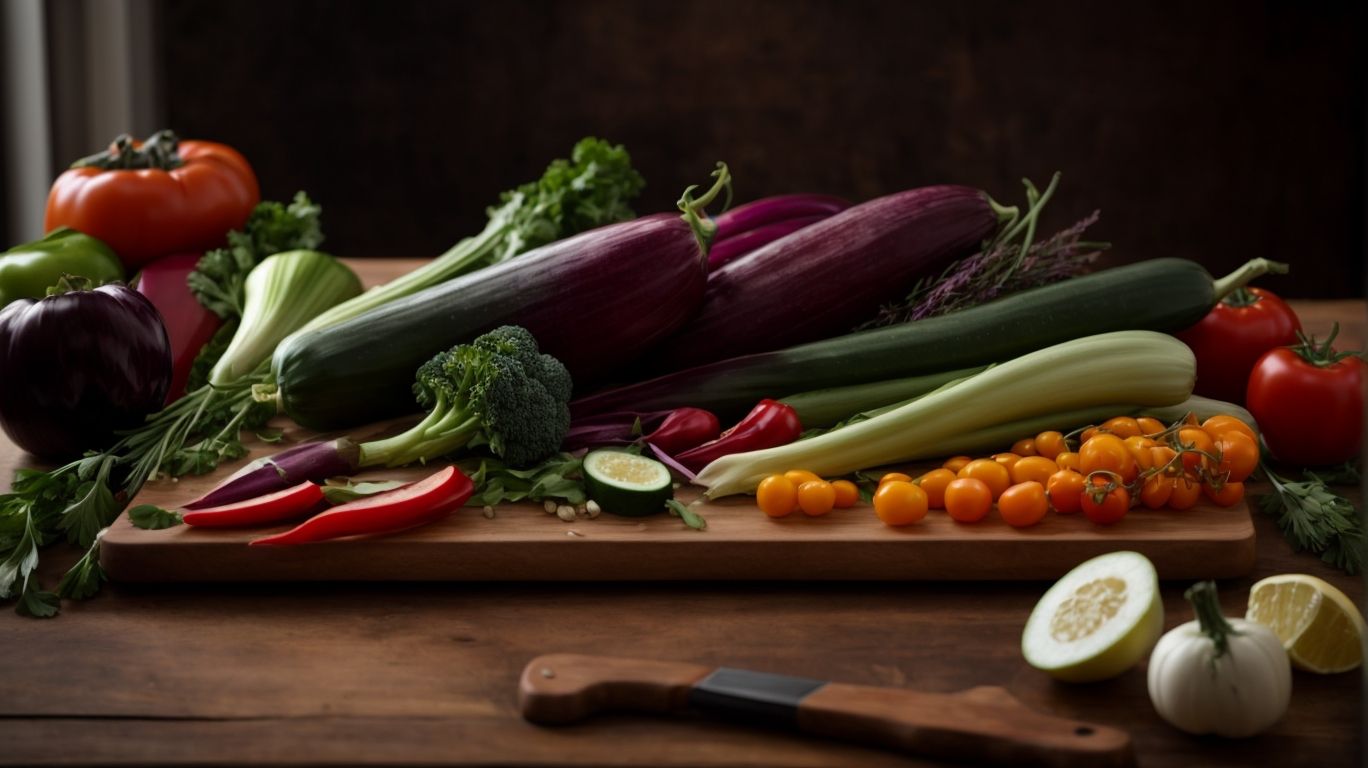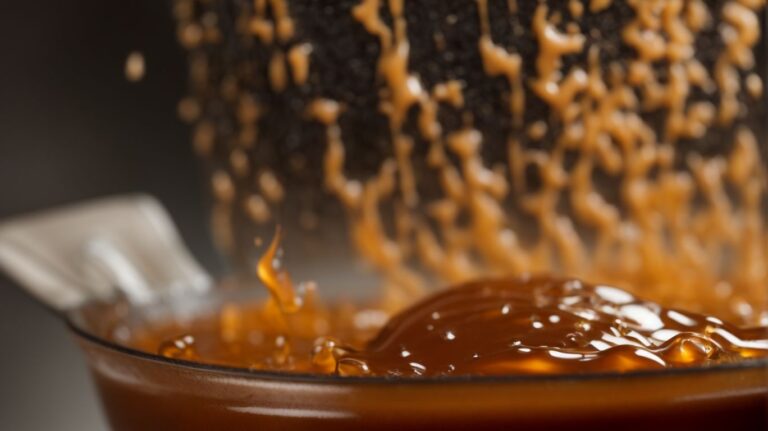How to Cook Vegetables for Curry?
Curry is a versatile and flavorful dish that can be made with a variety of vegetables.
We will explore the different types of curry, the best vegetables to use, how to prepare and cook them, and what spices work well with curry vegetables.
This guide will provide you with all the information you need to create a delicious and satisfying curry dish, whether you’re a curry connoisseur or a newbie in the kitchen.
Let’s dive in and discover the secrets to making the perfect curry vegetables!
Key Takeaways:
About the Author: Chris Poormet
Chris Poormet, the owner of Poormet.com, is a celebrated culinary blogger of the year with a background as a chef known for exquisite food photography.
His culinary journey started in the kitchens of renowned restaurants where he honed his skills and developed a deep appreciation for flavors and presentation. With a keen eye for detail and a passion for storytelling through food, Chris’s blog not only showcases his exceptional recipes but also provides valuable insights into food photography techniques.
- His accolades in the industry have solidified his reputation as an expert in the field, attracting a large following of food enthusiasts eager to recreate his culinary creations and capture them in stunning visuals.
What is Curry?
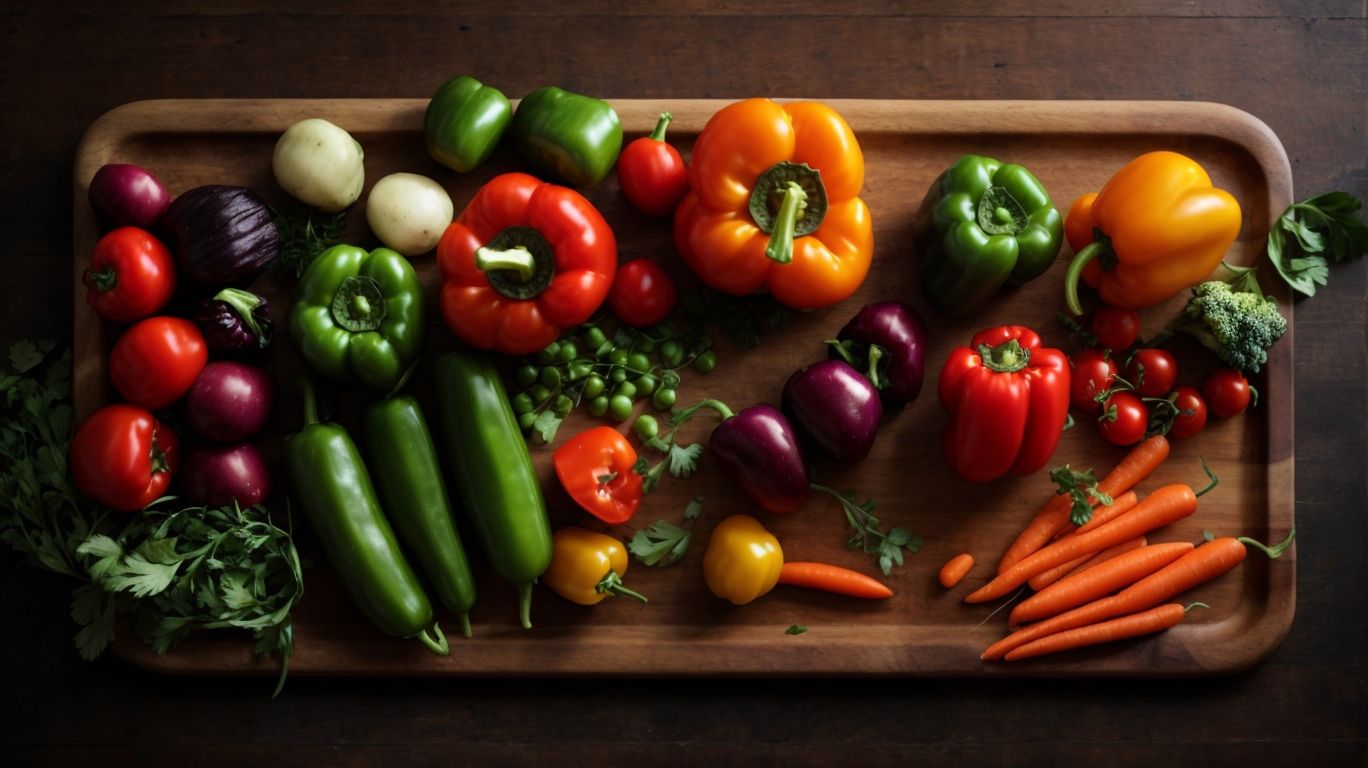
Credits: Poormet.Com – Gabriel Lopez
Curry is a flavorful dish that encompasses a blend of Indian flavors and aromatic spices, creating a culinary experience rich in taste and tradition.
It is a staple in Indian cuisine, reflecting the country’s diverse culinary heritage and regional specialties. The word ‘curry‘ itself is a broad term that encapsulates a range of dishes, each with its unique combination of spices and ingredients.
From the fiery heat of a Madras curry to the creamy richness of a Korma, the variations are endless. Some curries feature complex spice blends like garam masala and turmeric, while others rely on fresh herbs like cilantro and mint.
The use of ingredients such as coconut milk, yogurt, tomatoes, and lentils further enhances the depth of flavors in a curry, offering a balanced marriage of spices, heat, and textures.
What Are the Different Types of Curry?
Curry comes in various forms, including traditional Indian curry with rich spices and Thai curry paste with its unique blend of flavors.
Traditional Indian curries often feature a base of aromatic spices like cumin, coriander, turmeric, and garam masala, combined with ingredients such as tomatoes, onions, and garlic. These curries can be found in regional variations like the creamy and mild Butter Chicken or the bold and spicy Vindaloo.
On the other hand, Thai curry paste is known for its vibrant colors and distinctive taste profile, achieved through ingredients like lemongrass, galangal, and kaffir lime leaves. The Green Curry is famous for its fresh herbal notes, while the Red Curry packs a punch with its spicy kick.
What Vegetables Can Be Used in Curry?
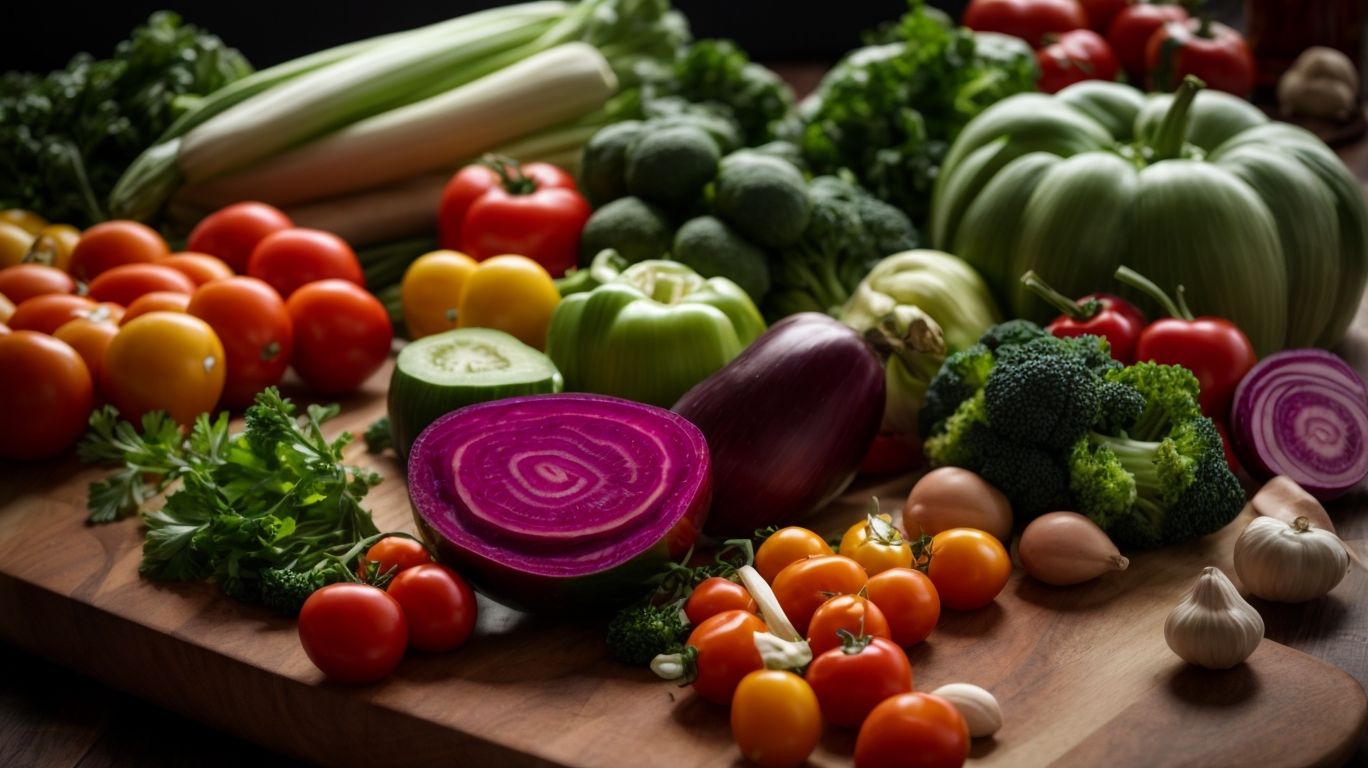
Credits: Poormet.Com – Frank Hall
Vegetable curry offers a delightful combination of ingredients, including Indian spices, chickpeas, coconut milk, potatoes, and bell peppers, creating a harmonious blend of flavors and textures.
The beauty of vegetable curry lies in its ability to cater to various tastes and preferences. The aromatic Indian spices like cumin, coriander, and turmeric infuse depth and warmth into the dish. The creamy coconut milk adds a luscious richness, while the hearty chickpeas provide protein and a satisfying bite. Potatoes offer a starchy element that helps thicken the curry, and bell peppers bring a pop of color and freshness. Together, these ingredients form a vibrant and nutritious meal that can be enjoyed on its own or paired with rice or naan.
What Are the Best Vegetables for Curry?
The best vegetables for curry include sweet potatoes, carrots, and green beans, adding vibrant colors, flavors, and nutritional value to the dish.
These three vegetables bring a perfect balance of sweetness, earthiness, and crunchiness to the curry, enhancing its overall sensory experience.
- Sweet potatoes are rich in fiber, vitamins, and antioxidants, providing a creamy texture and a subtle sweetness.
- Carrots offer a pop of bright orange color, along with a slight natural sweetness and a satisfying crunch.
- Green beans, with their tender-crisp texture, add a refreshing element to the dish while contributing essential vitamins and minerals.
What Are Some Unconventional Vegetables for Curry?
For those seeking unique twists, consider incorporating mixed vegetables and frozen veggies into your curry for an unexpected burst of flavors and textures.
Experimenting with an array of vegetables can elevate the traditional curry dish into a symphony of colors and tastes. Adding a colorful mix of bell peppers, sweet potatoes, and zucchini can bring a delightful medley of textures, from crunchy to soft, enhancing the overall dining experience. To further expand your culinary horizons, consider throwing in some artichoke hearts or water chestnuts for a fun and surprising twist. Frozen veggies, such as corn, peas, and edamame, provide convenience and freshness, locking in essential nutrients and flavors. Mixing and matching these unconventional choices allows you to create a curry that not only tantalizes the taste buds but also nourishes the body.
How to Prepare Vegetables for Curry?
Properly preparing vegetables for curry involves washing, peeling, and chopping them into uniform pieces to ensure even cooking and optimal flavor infusion.
To begin the preparation process, start by thoroughly washing the vegetables under cold running water to remove any dirt or debris. Next, carefully peel the vegetables using a sharp knife or a peeler, ensuring to discard the peelings properly. Once peeled, proceed to chop the vegetables into evenly sized pieces to promote uniform cooking.
- For harder vegetables like carrots or potatoes, consider cutting them into smaller pieces to speed up the cooking process.
- Soft vegetables such as tomatoes or bell peppers can be diced for quicker sautéing.
- Leafy greens like spinach or kale are best roughly chopped to retain their texture and flavor.
Remember that the size and shape of the vegetable pieces can impact the overall texture and consistency of the curry. Consistency in chopping ensures that the vegetables cook at the same rate and absorb the flavors evenly. Pay attention to the cooking times of different vegetables to avoid overcooking or undercooking, maintaining the balance of flavors in the curry.
By following these steps and techniques, you can elevate the taste and presentation of your vegetable curry dish to delight your taste buds and those you are cooking for.
Should Vegetables Be Pre-cooked Before Adding to Curry?
Pre-cooking vegetables before adding them to curry can help reduce overall cooking time, enhance flavors, and ensure consistent textures, especially in one-pot curry recipes.
When you pre-cook vegetables, you partially soften them, allowing them to absorb the flavors of the curry more efficiently during the final cooking process. This not only intensifies the taste but also creates a harmonious blend of spices with the vegetables.
Pre-cooking vegetables can help maintain a consistent texture, preventing some veggies from turning mushy while others remain undercooked in the same pot. This technique saves you valuable time in the kitchen and results in a more delightful eating experience.
What Are the Best Cooking Methods for Vegetables in Curry?
The best cooking methods for vegetables in curry involve gentle simmering over low heat on a stove, allowing the flavors to meld and the vegetables to tenderize gradually.
This gentle simmering process enables the vegetables to absorb the rich flavors of the spices and other ingredients in the curry. sensitive vegetables like bell peppers, zucchini, and mushrooms benefit greatly from this slow cooking method as it maintains their natural crunchiness and vibrant colors, creating a harmonious blend of textures in the final dish.
How to Cut Vegetables for Curry?
Cutting vegetables for curry requires precision and uniformity to ensure even cooking, following specific instructions for dicing, slicing, or chopping based on the recipe’s requirements.
When preparing vegetables for curry, it’s crucial to pay attention to the size and shape of the cuts to maintain consistency in texture and flavor. For instance, some recipes may call for julienne cuts for a more elegant presentation, while others might require a fine dice to blend seamlessly into the sauce.
Consider the cooking time of each vegetable and adjust the size accordingly to ensure that all pieces are cooked to perfection simultaneously. Uniformity in cutting also helps in achieving a harmonious balance of flavors in the dish.
What Spices Go Well with Curry Vegetables?
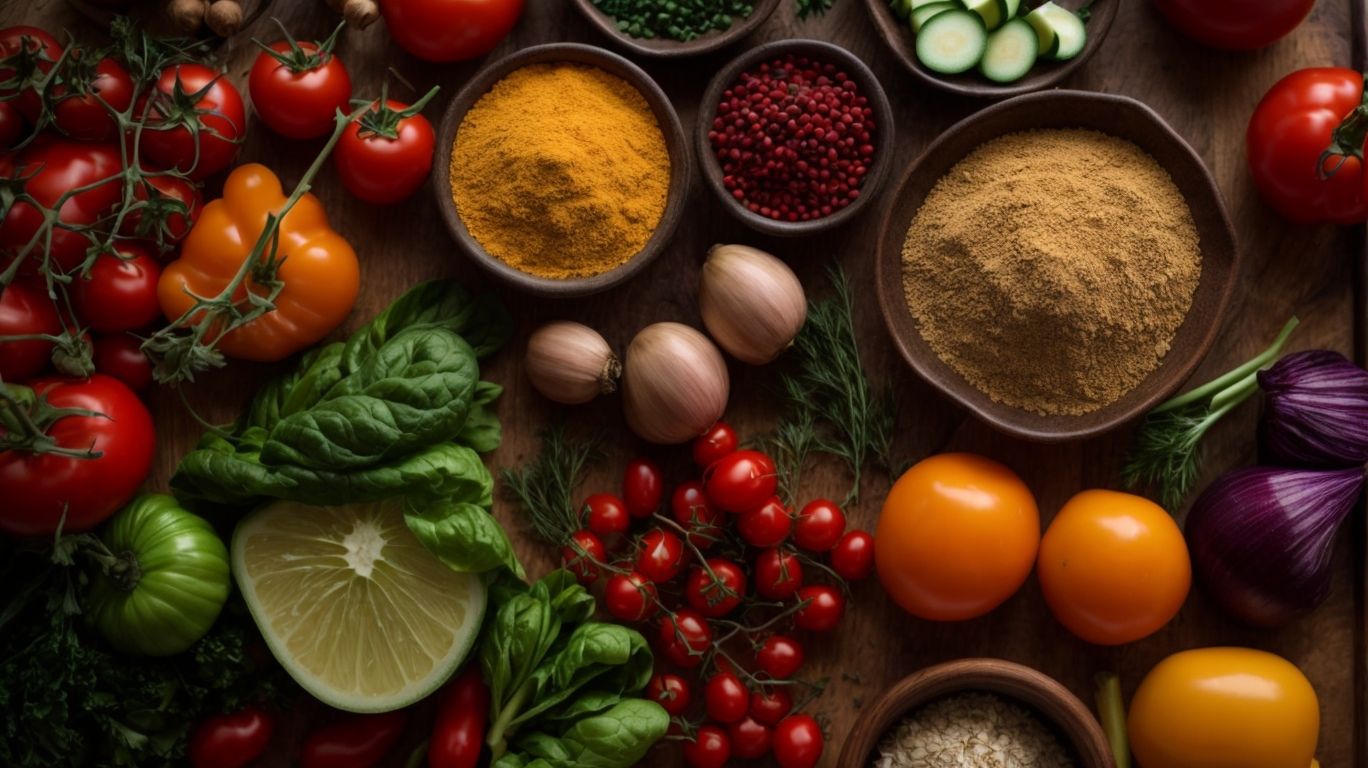
Credits: Poormet.Com – Keith Martin
Curry vegetables pair perfectly with a medley of spices, ranging from aromatic cardamom and turmeric to fiery cayenne, offering a balance of flavors and varying degrees of spiciness.
Cardamom, with its warm, slightly sweet undertones, adds a rich depth to the curry, while turmeric brings vibrant color and earthy notes to the dish. Cayenne, on the other hand, introduces a kick of heat that can be adjusted to suit individual preferences, allowing for a customizable spiciness level in the curry.
Other spices like cumin, coriander, and garam masala can be incorporated to further enhance the complexity of the flavors, creating a symphony of tastes that complement the mix of vegetables in the curry. Experimenting with different spice combinations can elevate the dish, making it a delightful culinary experience for spice enthusiasts and food lovers alike.
What Are the Essential Spices for Curry?
Essential spices for curry vegetables include aromatic ginger-garlic paste, fragrant cardamom pods, and vibrant turmeric, adding depth and complexity to the dish.
In terms of creating a flavorful curry dish, ginger-garlic paste plays a crucial role in enhancing the overall taste profile. The combination of fresh ginger and garlic brings a unique pungent yet earthy undertone that is quintessential to many curry recipes.
The inclusion of cardamom pods infuses a floral and citrusy aroma, elevating the dish with its distinctive flavor nuances.
The use of turmeric not only imparts a rich golden hue but also provides a warm and slightly peppery taste that is a hallmark of authentic curry preparations.
What Are Some Unique Spice Combinations for Curry?
For a twist on traditional flavors, experiment with unique spice combinations such as garam masala, offering a tantalizing blend of aromatic spices for a memorable culinary experience.
Embracing the rich diversity of Indian cuisine, garam masala stands out as a versatile spice mix that brings warmth and depth to dishes. Its blend of cinnamon, cardamom, cloves, cumin, and other spices adds a harmonious complexity to curry vegetables, elevating their taste to new heights.
Consider exploring regional variations of curry spice blends, like Thai red curry paste or Jamaican curry powder, each imparting a distinct character to your vegetable dishes.
By experimenting with these innovative spice pairings, you can create a symphony of flavors that will delight your taste buds and transport you to culinary realms uncharted.
How to Cook Vegetables for Curry?
Cooking vegetables for curry involves simmering them in a flavorful curry base over medium heat, allowing the ingredients to meld and develop complex flavors over time.
As the vegetables gently cook in the curry base, their natural juices mingle with the spices and aromatics, creating a rich and fragrant sauce. This slow cooking process ensures that the flavors penetrate deep into each vegetable, enhancing their taste and texture. The key is to maintain a steady simmer, being careful not to overcook the vegetables, preserving their colors and nutrients.
Step-by-Step Guide to Cooking Vegetables for Curry
Follow a step-by-step guide to cooking vegetables for curry, incorporating detailed instructions and visual cues to achieve a delicious and visually appealing dish.
Select a variety of fresh vegetables such as potatoes, carrots, bell peppers, and peas for a colorful and nutritious mix. Wash and chop them into uniform sizes to ensure even cooking.
Next, heat a pan with oil over medium heat and add aromatic spices like cumin seeds, mustard seeds, and curry leaves to infuse flavor into the oil. Then, add finely chopped onions and garlic, sautéing them until golden brown.
Once the base is fragrant, stir in your chopped vegetables and coat them evenly with the spices. Allow the vegetables to cook until slightly tender but still retaining their crunch.
For the curry base, mix yogurt, coconut milk, and curry powder for a creamy and aromatic sauce. Pour this over the vegetables and simmer until the flavors meld together.
Finish off with a sprinkle of fresh cilantro and a squeeze of lemon juice for a burst of freshness. Serve the curry vegetables hot with steamed rice or warm naan bread for a satisfying meal that is sure to impress.
How to Serve and Store Curry Vegetables?
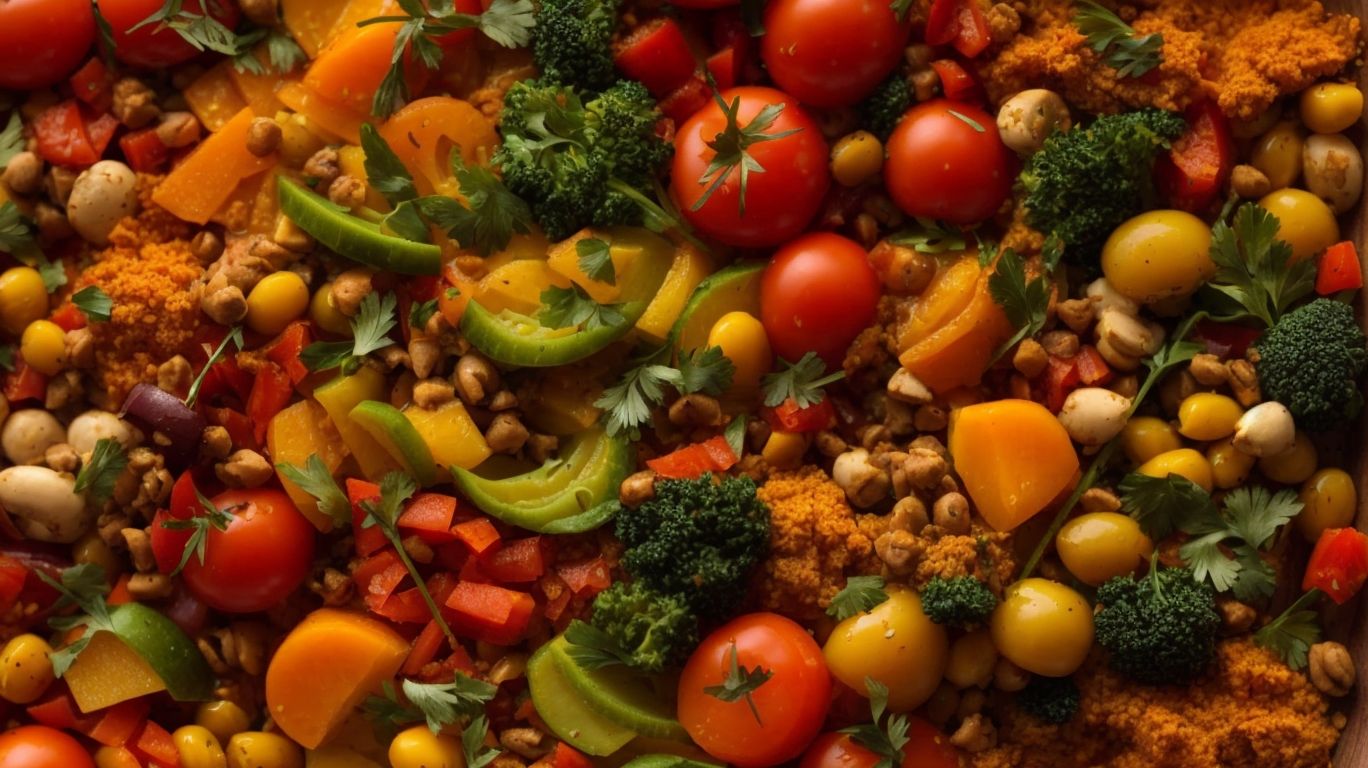
Credits: Poormet.Com – Ralph Hall
Serving curry vegetables alongside basmati rice or quinoa creates a satisfying meal, while proper storage in airtight containers ensures longevity and flavor preservation for leftover portions.
When serving curry vegetables, consider garnishing with fresh cilantro leaves or a dollop of yogurt to complement the flavors. The aromatic spices in the curry can be enhanced by a squeeze of fresh lemon juice just before serving. For a hearty meal, pair the curry with fluffy basmati rice cooked with a touch of cumin seeds or nutty quinoa seasoned with a pinch of turmeric.
To maintain the freshness and taste of leftover curry, it is essential to refrigerate it promptly in a sealed container. Leftover curry vegetables can be reheated gently on the stovetop or microwave, adding a splash of water to prevent drying out. Consider storing any accompanying rice or quinoa separately to maintain their textures and flavors.
What Are Some Side Dishes That Go Well with Curry Vegetables?
Complement your curry vegetables with traditional Indian bread such as naan, providing a delightful contrast in textures and flavors for a satisfying dining experience.
When pairing naan with curry vegetables, consider adding a side of cooling cucumber raita to balance out the spiciness of the dish. The tanginess of the raita and the warm, fluffy naan create a harmonious combination that enhances the overall meal experience. Crispy papadums make for a crunchy accompaniment that adds an extra element of texture to the meal. A refreshing side salad with a zesty dressing can also be a great addition to complement the rich flavors of the curry vegetables.
How to Properly Store Leftover Curry Vegetables?
To preserve leftover curry vegetables, transfer them into airtight containers and refrigerate promptly to maintain freshness and flavor for future consumption.
By storing the curry vegetables in airtight containers, you prevent air from entering and altering the taste and texture of the dish. This not only helps in preserving the flavors but also extends the shelf life of the leftovers.
- Make sure to cool the curry vegetables before transferring them to the containers to avoid condensation and spoilage.
- Labeling the containers with the date can help you keep track of freshness and avoid consuming spoiled food.
Remember that prompt refrigeration is key to ensuring that your curry vegetables remain delicious and safe to eat.
Frequently Asked Questions
How to Cook Vegetables for Curry?
What are the best vegetables to use in a curry?
The beauty of curry is that you can use any combination of vegetables you prefer! However, some popular choices include potatoes, carrots, bell peppers, onions, and cauliflower.
How should I prepare the vegetables before cooking them in curry?
It’s important to chop your vegetables into uniform sizes so they cook evenly. You can also blanch them beforehand to soften them up before adding them to the curry.
Do I need to cook the vegetables separately before adding them to the curry?
It depends on the type of vegetables you’re using. Harder vegetables like potatoes and carrots will need longer cooking times, so it’s best to cook them in the curry from the beginning. Softer vegetables like bell peppers and onions can be added towards the end.
How to Cook Vegetables for Curry?
Can I use frozen vegetables in curry?
Yes, frozen vegetables are a convenient option for curry. Just make sure to thaw them before adding them to the dish and adjust cooking times accordingly.
Should I stir-fry the vegetables before adding them to the curry?
Stir-frying the vegetables first can add extra flavor and texture to your curry. However, if you’re short on time, you can skip this step and just cook the vegetables in the curry.
How long should I cook the vegetables in curry?
The cooking time will depend on the type and size of vegetables you’re using. Generally, you want to cook them until they are tender but still have a bit of bite to them. This can range from about 10-20 minutes.

